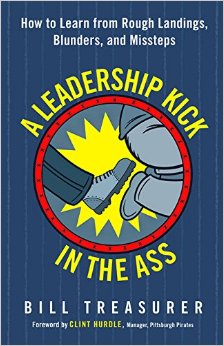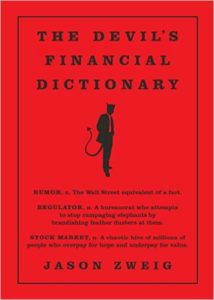 “Keep close watch on the financial health of your pension plan. The family retirement depends on it.”
“Keep close watch on the financial health of your pension plan. The family retirement depends on it.”
A worthy nugget of information often lands within my purview: one that musters important implications for investors.
A recent US headline read “State pensions are awash in red ink.” The estimated shortfall ballpark was 1 trillion dollars. Ouch! Today various pension plans are underfunded, while others could easily be heading that way. Some pension income benefits may be reduced if the weaker funding levels don’t improve.
Say your family plans to retire around age 60 with a pension and at least one spouse lives to 90. Ask this critical question: “Can your pension pay expected benefits for 30 or more years?”
Anyone who is a member of a pension plan should take note of this unsettling situation: those who are still contributing, along with those now receiving pension benefits.
Pension plans rely on three sources of funding:
- Employer contributions
- Employee contributions
- Investment returns
Ongoing low returns are devastating for many pension plans. Longer life expectancy places additional demands on pension payouts.
Some pension plans may incur problems in paying all the promised benefits. Every pensioner should assume all pensions can undergo changes – even CPP, OAS and Social Security.
Participating in pension plans may mean making some irreversible decisions.
Notable pension events occur when:
- A choice is presented to join a pension plan, buy back past pension service or retire normally or early.
- An early retiree is offered the option of staying with the pension plan or transferring the commuted value.
- Accepting a commuted value shifts responsibility to provide in retirement to the employee’s hands.
- Switching from defined benefit to defined contribution keeps the employee working longer.
Steady pension income has always been an important part of the retirement puzzle for many families. Pension reductions can rattle some pillars and assumptions of retirement planning.
Consider what could happen to the retirement plan if the expected pension was reduced, say by 30%. Here are some key matters that arise:
• How would you make up the potential income shortfall?
• How much more investment capital would you require?
• Is there sufficient time to accumulate the additional funding?
Pension administrators typically provide an “annual pension summary.” Upon receiving the summary, every pension member should:
• Check the estimated funding level with the pension department.
• Review the most beneficial pension options to achieve family goals.
• Determine whether it’s more desirable to commence the pension early or later.
• Understand the implications of pension income splitting and $2,000 credit.
No doubt some retirement plans will face difficult choices. Hence, I favour starting this analysis at least five years before retirement. Long-term income goal adjustments may be necessary. There are no simple answers, even for pension plans that are rock solid today.
Be savvy and don’t assume that your pension remains iron clad forever. It may be called upon to deliver benefits for 30 years, perhaps more.
 Adrian Mastracci, MBA, is president and portfolio manager for Vancouver-based KCM Wealth Management Inc., specializing in designing and stewarding retirement portfolios
Adrian Mastracci, MBA, is president and portfolio manager for Vancouver-based KCM Wealth Management Inc., specializing in designing and stewarding retirement portfolios






